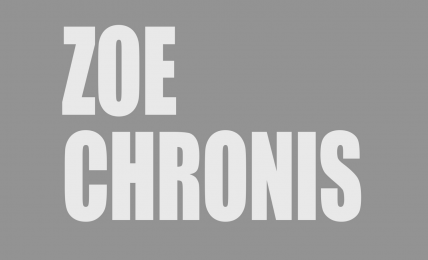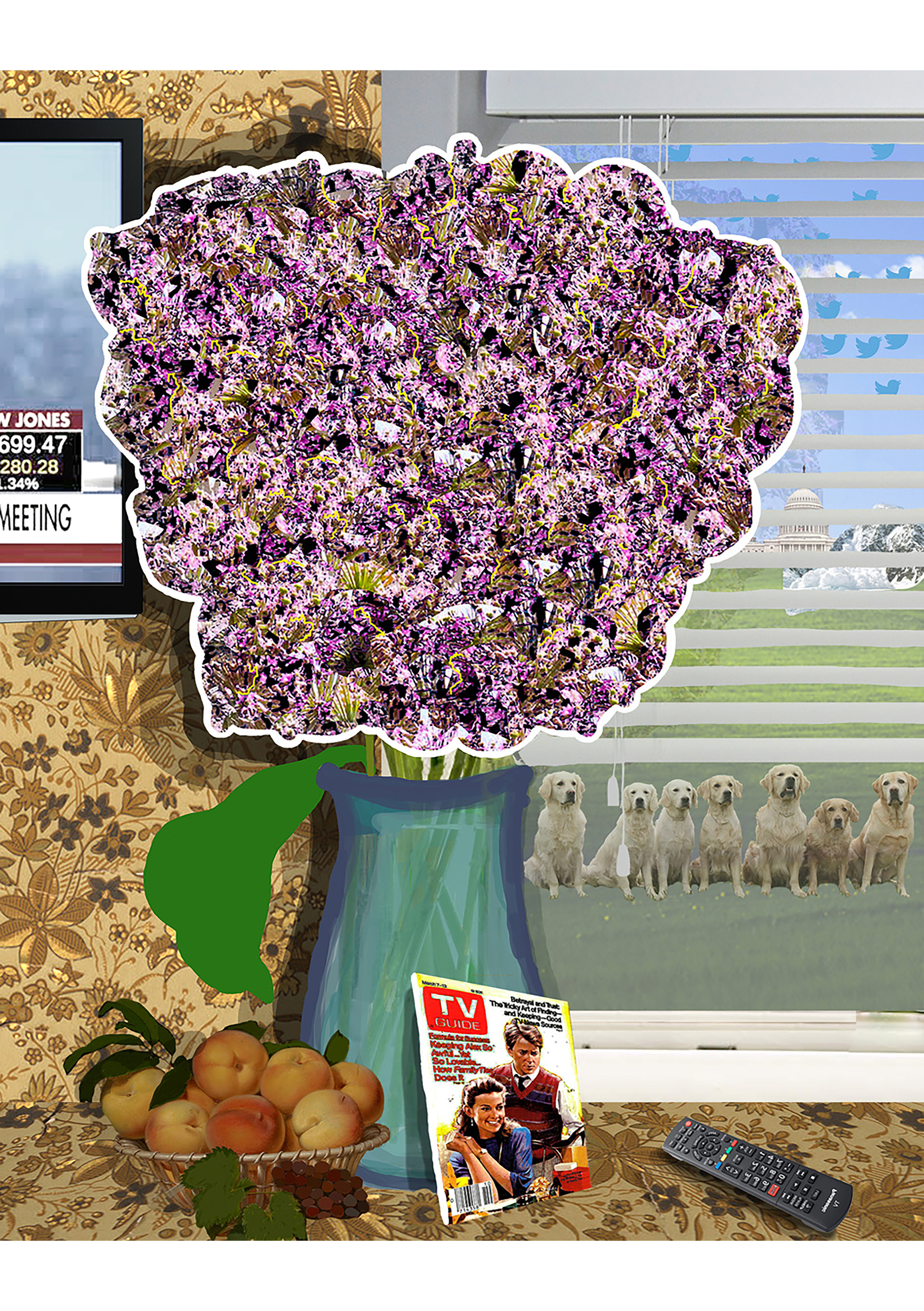Kia Miakka Natisse is a passionate storyteller. She has a Master of Arts from NYU’s Gallatin School of Individualized Studies — where she concentrated in transmedia storytelling — and a Bachelor of Arts in Journalism from Howard University. Natisse works to create pieces that “go beyond genres to create rich storyworlds.” Her video, Onions, is a recording of an author in the process of writing. During the recording, the author frames her memory of growing up as a minority in a predominantly white neighborhood.
:::
DigA: You describe yourself as an artist that sits at the intersection of narrative and technology, which is to say (in many ways) that you’re a contemporary artist. Broadly speaking, how does technology influence your narrative work? Where do you find inspiration in our digitally saturated culture?
Kia Miakka Natisse: I’m interested in exploring how different media can warp and influence meaning, how bland technology, such as screen recordings, can be re-purposed to make something that I find interesting. I try to find inspiration in the mundane and try to find new ways to use them. I think children are very good at taking an average object, like a chair, and seeing it as a wealth of possibilities: it could be a house, it could be a jungle gym, it could be a boat. So, as much as possible, I try to maintain that curiosity and apply it to digital tools.
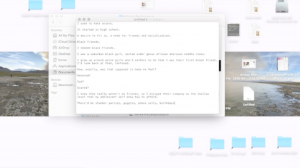
DigA: You play with immediacy of technology in Onions by introducing tension — the typing starts and stops, is written and erased. As a viewer, it’s easy to become frustrated with the lack of control in such a familiar space (a text editing tool). How do you go about staging Onions, and what were you hoping to achieve with your audience?
KMN: The process of writing can be lonely and vulnerable, and often, when I’m writing, I’m not sure who I’m writing for. So I wanted to bring viewers into a level of that process, the tension that a writer experiences in trying to bring form to thought. I also aspire for intimacy. We are always shown something that is “finished” but rarely do we see the process. And so I wanted to show the process as a means of forging intimacy with the reader.
DigA: There are blurry background files on the desktop, and as we were watching (and re-watching) the piece, we struggled to make them out. Then, of course, we wondered if we weren’t supposed to. As you shift the viewers focus from the frame of the text editor to the frame of your desktop, how do you work to keep the viewer close and at arms length (literally) at the same time?

KMN: That’s my favorite part! I have always been a nosy person (probably to my own detriment at times), and so I also aim to offer up ancillary information to everything I do, to offer the viewer the opportunity to focus elsewhere and maybe create a narrative of their own making based upon what they see (or don’t see). Desktops are like diaries in a way, you can learn so much about a person via how cluttered their desktop is, what they name files, etc. It’s background information and is not germane to the story, but still reveals a sense of space, place and character. Additionally, readers/viewers are increasingly losing the ability to focus, so I figure why not exploit the distraction and make it a part of the narrative?
DigA: Race is the narrative in much of your work, and Onions is no exception. You take the viewer back to your childhood where you consistently felt out of place in your predominately white neighborhood. How does the persistent narrative of race in America, and within your own experience, play out in your work more broadly?
KMN: Race is an American story. Whether we choose to talk about race or not, it is always there, because that is a framework upon which we’ve built this society. As a Black person, my attention to it is only more apparent because of how black people are positioned within the narrative of America. When I’m writing about race, I’m talking to white people, and often trying to diffuse and express my angers and frustrations, reveal the complexities of being in a space where you’re not quite sure you are welcomed or belong, but feels like home all the same.
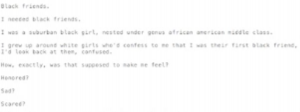
DigA: Much of your work — New Recording, God Family Internet — are quite different from the quietude of Onions. They are personal, but also multi-layered (much like an onion!). How do you choose which type of storytelling techniques to use in your work? Perhaps more succinctly, does the technology or the narrative come first?
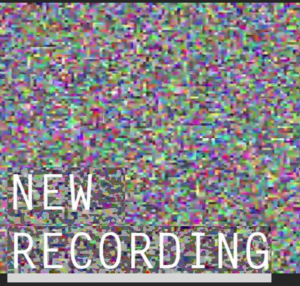
KMN: I mostly just go wherever my curiosity takes me. I get excited at mashing things together and seeing what new form takes place, and how that might influence how an audience might experience the narrative. I think it’s amazing to be alive in this time where there’s so many forms to make with, and I challenge myself to learn as much as possible, in the hopes of making something new and extending the function of these forms. I never like to look at making like it’s “just” a book or a movie or a sound. I want to play, I want to glue things together and make something weird and unique, so hopefully we can all continue to make weird things and inspire and inform and entertain one another. And play is central, not to judge or say well, that’s been done, or it’s not new, or whatever critical thought I might offer it in discouragement. Play is non-judgmental creation. It advances itself out of joy. That’s a principal I try to keep central to my artistic practice.
Check out Kia Miakka Natisse’s Onions here.
:::

I am interested in the stories we tell, how we tell them, and the subsequent narrative shape that influences perception of the self and community. I create narratives using combinations of materials and media like video, MP3s, foil, cardboard and printed text to plunge the depths of my personal identity in exploration of generalities of the human experience. Through mixing media together, my goal is to alienate the familiar, familiarize the alien, and combine them both to oscillate understanding into dimensional form.

